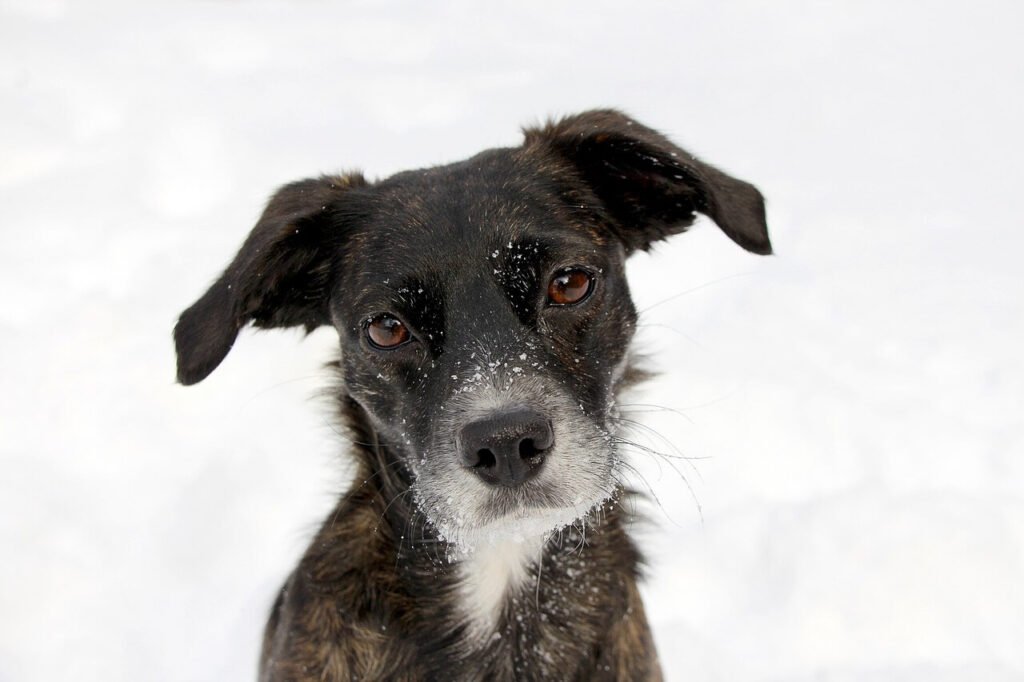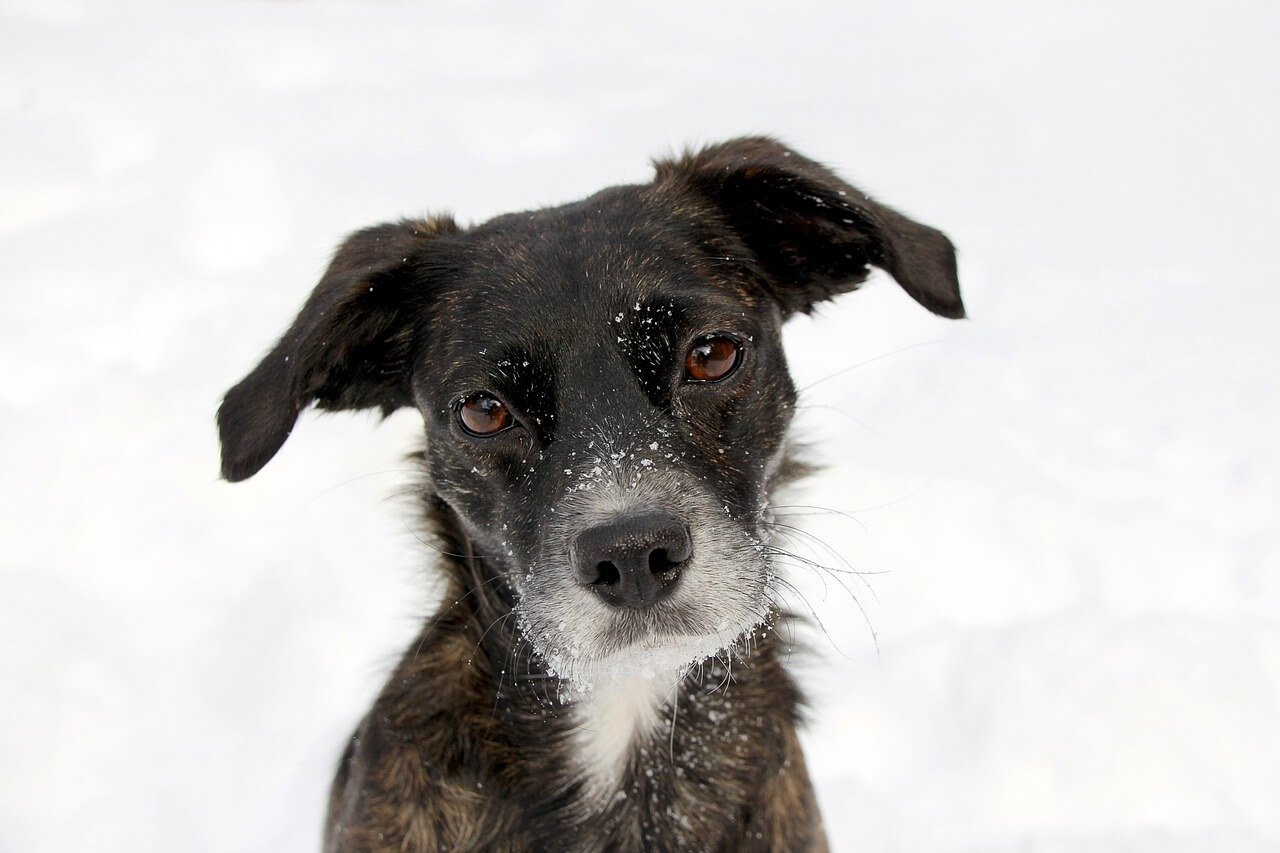Why Is My Dog Nipping at Visitors? Understanding and Addressing This Behavior
Dogs are wonderful companions, but sometimes their behavior can leave us scratching our heads—or even feeling a bit embarrassed. One common issue many dog owners face is their furry friend nipping at visitors. Whether it’s a playful nibble or an overexcited snap, this behavior can be concerning and confusing. In this blog post, we’ll explore why dogs nip, how to address it, and what steps you can take to ensure your home remains a welcoming and safe space for everyone.
Understanding Why Dogs Nip: A Closer Look
Before addressing the issue of nipping, it’s important to understand why dogs engage in this behavior. Nipping is a natural instinct for dogs, especially when they’re young, but it can persist into adulthood if not managed properly. Here are some common reasons why your dog might nip at visitors:
Playfulness:
Many dogs use their mouths to interact during play. For puppies, nipping is a way to explore the world and bond with littermates.Teething Discomfort:
Puppies often nip because their gums feel sore as their adult teeth come in. Chewing and nipping provide relief.Overstimulation:
When visitors arrive, the excitement can overwhelm your dog, leading to impulsive behaviors like nipping.Fear or Anxiety:
Some dogs nip when they feel threatened or uncomfortable. Visitors may trigger these emotions, especially if they’re unfamiliar.Lack of Socialization:
Dogs that haven’t been exposed to different people and environments may react defensively or inappropriately to new faces.
Understanding the root cause of your dog’s nipping is the first step toward resolving the issue. By identifying why your dog behaves this way, you can tailor your approach to training and management.
Signs Your Dog Might Be About to Nip
Recognizing the warning signs of nipping can help you intervene before it happens. Dogs often give subtle cues when they’re feeling uneasy or overly excited. Here’s what to watch for:
Whining or Growling:
These vocalizations can indicate your dog is feeling stressed or overstimulated.Stiff Body Language:
A tense posture may signal discomfort or readiness to act out.Panting Without Heat:
Excessive panting indoors, especially when it’s not hot, can be a sign of anxiety.Intense Staring:
If your dog locks eyes on a visitor and refuses to look away, they may be preparing to lunge or nip.Tail Wagging (Not Always Friendly):
While tail wagging is often associated with happiness, rapid or stiff wagging can indicate agitation.
By paying attention to these signs, you can anticipate and prevent nipping episodes. Early intervention is key to managing this behavior effectively.
Check this guide 👉Why Does My Dog Eat So Fast? Best 7 Health Tips!
Check this guide 👉Why Does My Dog Hide Food? Best 7 Behavior Tips!
Check this guide 👉Why Is My Female Dog Hiding and Acting Strange? Best 7 Tips!

Preventive Measures | Reactive Solutions |
|---|---|
Socialize your dog early | Redirect with chew toys |
Teach bite inhibition | Use positive reinforcement |
Provide plenty of exercise | Practice calm greetings |
Establish clear boundaries | Consult a professional trainer |
Supervise interactions closely | Avoid aggressive punishment |
Effective Strategies to Stop Your Dog from Nipping
Once you’ve identified why your dog nips, it’s time to implement strategies to curb this behavior. Training and consistency are essential for success. Here are some proven methods to try:
Provide Chew Toys:
Redirect your dog’s urge to nip by offering appropriate alternatives like chew toys or bones.Teach Bite Inhibition:
Gently guide your dog to understand that biting causes discomfort. Yelp softly when they nip too hard to mimic how another dog would react.Practice Calm Greetings:
Train your dog to stay calm when visitors arrive. Reward them for sitting quietly instead of jumping or nipping.Socialize Regularly:
Expose your dog to different people and environments to build confidence and reduce fear-based reactions.Use Positive Reinforcement:
Reward good behavior with treats, praise, or playtime to encourage your dog to repeat it.
With patience and persistence, these techniques can help your dog learn to greet visitors without resorting to nipping.
Common Mistakes to Avoid When Addressing Nipping
While working to stop your dog from nipping, it’s important to avoid certain pitfalls that could worsen the behavior. Here are some mistakes to steer clear of:
Punishing Aggressively:
Physical punishment can increase fear and anxiety, making nipping more likely.Ignoring the Behavior:
Failing to address nipping early on can allow it to become a persistent habit.Allowing Rough Play:
Encouraging roughhousing or tug-of-war without rules can reinforce biting behavior.Skipping Training Sessions:
Consistency is crucial. Irregular training can confuse your dog and slow progress.Neglecting Professional Help:
If the behavior persists despite your efforts, consulting a professional trainer or behaviorist is advisable.
Avoiding these common errors will set you and your dog up for success in overcoming nipping issues.
Training Techniques to Reinforce Positive Behavior
Training your dog to stop nipping requires consistency and the use of effective techniques. Positive reinforcement is one of the most reliable methods for encouraging good behavior. Here are some strategies you can implement:
Reward Calm Behavior:
Offer treats or praise when your dog remains calm in the presence of visitors.Use Clicker Training:
Pair a clicker sound with rewards to mark desired behaviors like sitting or staying.Practice Desensitization:
Gradually expose your dog to situations that trigger nipping, starting with low-intensity scenarios.Incorporate Short Sessions:
Keep training sessions brief (5–10 minutes) to maintain your dog’s focus and enthusiasm.End on a Positive Note:
Always finish with a success, such as a simple command your dog knows well, to build confidence.
By incorporating these techniques into your routine, you’ll create a structured learning environment that encourages your dog to replace nipping with more appropriate behaviors.
Understanding Canine Body Language: Key Cues to Watch For
Dogs communicate primarily through body language, and understanding their signals can help you anticipate and prevent nipping. Recognizing these cues allows you to intervene before a situation escalates. Here are some important signs to look for:
Lip Licking or Yawning:
These subtle gestures often indicate stress or discomfort.Ears Pinned Back:
Flattened ears can signal fear, submission, or unease.Avoidance Behaviors:
Turning away or hiding may mean your dog wants space.Raised Hackles:
While not always aggressive, raised fur along the back can suggest heightened alertness.Freezing in Place:
A sudden stillness often precedes reactive behaviors like nipping or snapping.
By learning to read your dog’s body language, you can better understand their emotional state and address potential triggers before they lead to nipping.
Creating a Safe Space for Your Dog During Visits
Providing your dog with a designated safe space can reduce anxiety and minimize nipping incidents during visits. This area should be a comfortable retreat where your dog feels secure. Here’s how to set it up effectively:
Choose a Quiet Room:
Select a low-traffic area where your dog can relax without distractions.Include Comfort Items:
Add their bed, favorite toys, or a blanket with your scent for reassurance.Use a Baby Gate or Barrier:
Allow your dog to observe visitors from a distance while feeling protected.Introduce the Space Gradually:
Help your dog associate the area with positive experiences by rewarding them for spending time there.Respect Their Boundaries:
Never force your dog to leave their safe space if they’re not ready.
A well-prepared safe space gives your dog an outlet for their emotions and helps them feel more in control, reducing the likelihood of nipping during stressful situations.
Frequently Asked Questions
Is nipping always a sign of aggression?
No, nipping is often playful or exploratory, especially in puppies. However, it can escalate into aggression if left unchecked.
How long does it take to train a dog not to nip?
The timeline varies depending on the dog’s age, temperament, and consistency of training. Most dogs show improvement within weeks.
Should I muzzle my dog to prevent nipping?
Muzzles should only be used temporarily and under supervision. They’re not a substitute for proper training.
Can older dogs learn not to nip?
Yes, dogs of all ages can learn new behaviors with patience and consistent training.
What if my dog only nips certain people?
This could indicate specific triggers, such as fear or past experiences. Identifying and addressing these triggers is key.
Creating a Harmonious Home Environment
Nipping at visitors doesn’t have to be a permanent problem. With understanding, patience, and the right strategies, you can teach your dog to greet guests politely and confidently. Remember, every dog is unique, so tailor your approach to suit their needs. By fostering a calm and structured environment, you’ll not only resolve the nipping issue but also strengthen the bond between you and your furry companion. Together, you can create a home where both humans and pets feel safe, happy, and respected.
Why Is My Cats Second Eyelid Showing? Understanding the Nictitating Membrane Your cat blinks slowly… then you notice it — a …
How Do I Know If My Cat Died Peacefully? Best 7 Expert Tips! Discover the quiet signs of a peaceful feline passing and find comfort in their final moments.
How Do I Know If My Cat Died Peacefully? A Gentle Guide for Heartbroken Owners Losing a cat is not just …
Why Do Abyssinian Cat Colors Matter? Best 7 Expert Tips! Discover the genetics, rare hues, and care secrets behind Abyssinian coat colors for a healthier, happier cat.



